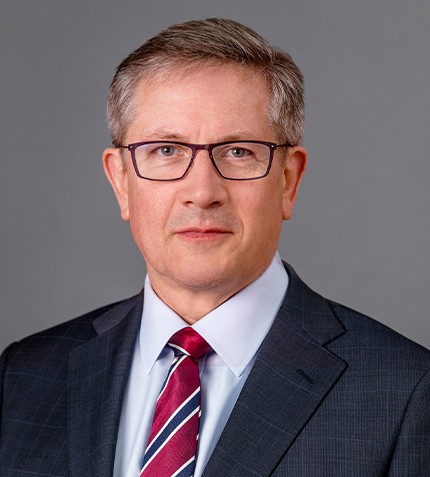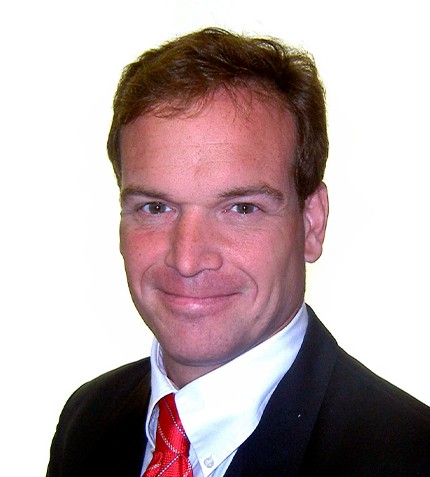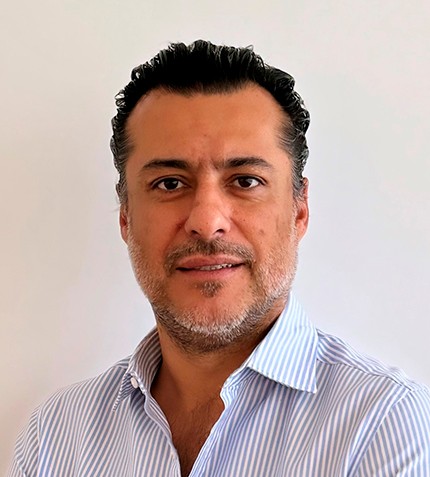
"Now that more funding is available to the uranium sector we can expand our work across our ten 100% owned projects where early discoveries have already been made."
Chris Frostad
PRESIDENT AND CEO, PUREPOINT URANIUM GROUP
How are uranium prices impacting Purepoint’s core targets?
For the first time in a number of years, uranium prices have started to move in earnest towards levels that will allow for new uranium production, bringing significant capital into the sector. In recent years, Purepoint has focused on our Hook Lake Joint Venture while preserving our portfolio of 100% owned projects. Located within the Patterson Uranium District, the Hook Lake project is jointly owned by Cameco Corporation (39.5%), Orano Canada (39.5%), and ourselves (21%) who have been the operator since 2007. The project lies adjacent to Fission Uranium’s Triple R and NexGen’s Arrow discoveries, which have come in so far at over 350 million pounds of U3O8. Now that more funding is available to the uranium sector we can expand our work across our ten 100% owned projects where early discoveries have already been made.
As we now aggressively advance our entire portfolio, Purepoint will be raising capital on an ongoing basis as we see markets improving. The company has raised C$7 million over the past 12 month. Advancing exploration projects to discovery is expensive, but we feel that our significant land package and mature prospects will allow for continued support from our investors.
What role can uranium play in the green energy revolution?
Ten years ago, anything related to nuclear safety was seen as a global danger. Today, however, carbon has become the dominant danger, with nuclear power and uranium fuel being heralded as major components of a green strategy. The use of solar and wind energy will continue to grow and fill gaps, but nuclear and uranium will play a large role in terms of replacing carbon fuels and serving an ever-growing need for energy around the planet. With a significant amount of smaller modular reactors (SMRs) now coming into proper commercial production, it will add a new level of demand that did not exist ten years ago. Electricity demand globally will continue to rise at a strong pace, and I believe that nuclear will maintain its share of this power source.
Where is the demand for uranium coming from?
A fairly significant portion of Canada’s electricity is provided by nuclear power, in Ontario more so than other provinces. Globally, 25% of the reactor fleet is located in the US, with the challenge being that they do not have an adequate source of domestic uranium and thus import from Canada, Australia or Kazakhstan.
Can you elaborate on Purepoint’s team and the challenges faced with regards to skilled labor shortages across the mining sector?
Purepoint has a highly qualified leadership team with decades of experience in uranium exploration. We have a small internal team which is focused on the technical aspects but are able to cover a lot of ground by outsourcing much of the field activities. With the recent availability of funds, it has gotten very busy in the field resulting in challenges in securing services right across the board in areas such as drills, drilling crews, helicopters and geologists. Fortunately, Purepoint has longstanding relationships with many service providers and we have been able to navigate shortage challenges fairly easily. There have been delays in permitting as we are dealing with communities in a more structured manner, but again we were fortunate to come into 2021 with permits already in hand, as is the case for 2022, which will allow us to hit the ground running and keep moving forward.
What are Purepoint’s targets at the Hook Lake deposit moving forward?
We have moved some of our focus at Hook Lake to the Carter Corridor, which is a corridor that only exists within our claim block. This was one of the first areas we drilled and we hit uranium on our first, and only, drill program, but this predated any of the recent discoveries in the area. We now have a much deeper understanding of the geological setting and how uranium deposits were most likely formed in the region. We will continue exploring this shallow area which has the indicators and size more than capable to host a tier 1 deposit.










